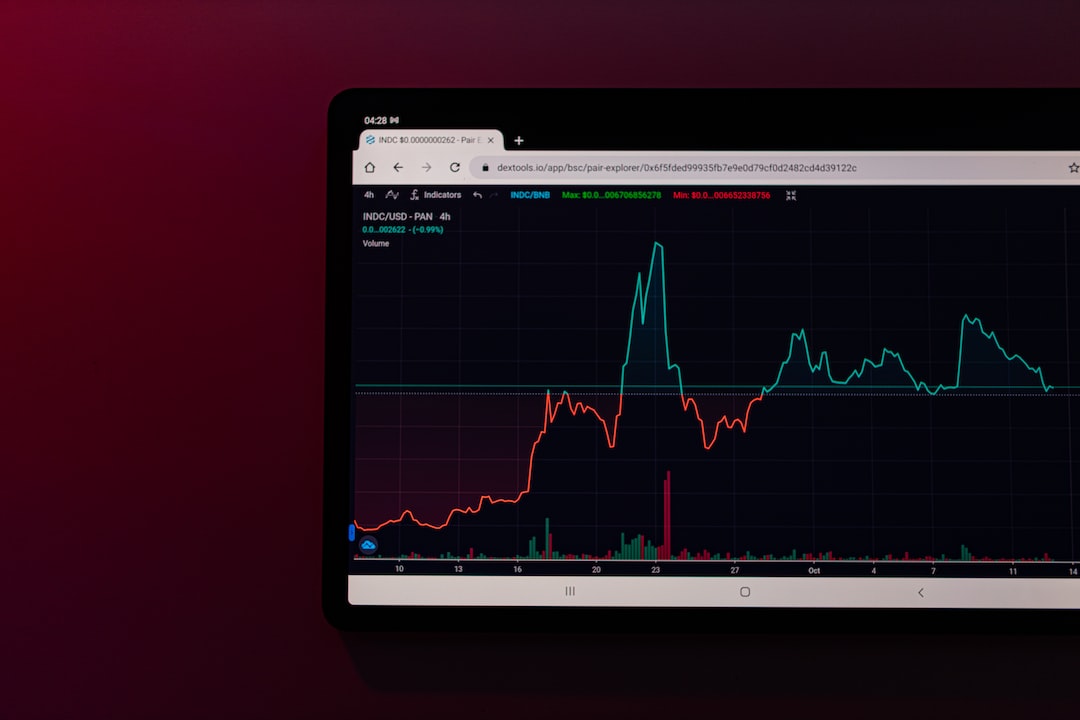Silvergate Bank Shakes Up Leadership Amidst Wind-Down Process
CEO Alan Lane and Chief Legal Officer John Bonino have left Silvergate Bank as part of the ongoing wind-down process. The bank filed for voluntary liquidation in March and has been reducing its workforce since then. The shake-up continues with the scheduled departure of Chief Financial Officer Antonio Martino in September. The executives will receive severance benefits outlined in public filings. Kathleen Fraher, former Chief Risk Officer, is now listed as Chief Transition Officer. The wind-down follows a significant outflow of $8.1 billion in crypto deposits during the same period as the collapse of cryptocurrency exchange FTX. To maintain liquidity, Silvergate secured a loan from the Federal Home Loan Bank and sold debt securities.
Key Points:
- CEO Alan Lane and Chief Legal Officer John Bonino have left Silvergate Bank as part of the wind-down process.
- Chief Financial Officer Antonio Martino is scheduled to leave in September.
- Kathleen Fraher, former Chief Risk Officer, is now Chief Transition Officer.
- Silvergate experienced a significant outflow of $8.1 billion in crypto deposits.
- The bank secured a loan from the Federal Home Loan Bank and sold debt securities to maintain liquidity.
Government Concerns:
U.S. lawmakers, including Senator Elizabeth Warren, raised concerns about Silvergate’s connection to FTX and the introduction of cryptocurrency market risks into the banking system.
Silvergate’s Wind-Down Process:
Silvergate Bank’s journey from being a prominent, crypto-friendly institution to winding down operations demonstrates the challenges of integrating traditional banking with the volatile world of digital assets.
Hot Take:
Silvergate Bank’s leadership shake-up and wind-down process highlight the risks and complexities of operating in the cryptocurrency market. The outflow of crypto deposits and government concerns have contributed to the bank’s decision to wind down operations. This serves as a cautionary tale for other crypto-friendly banks and emphasizes the need for careful risk management in this evolving industry.





 By
By
 By
By
 By
By
 By
By
